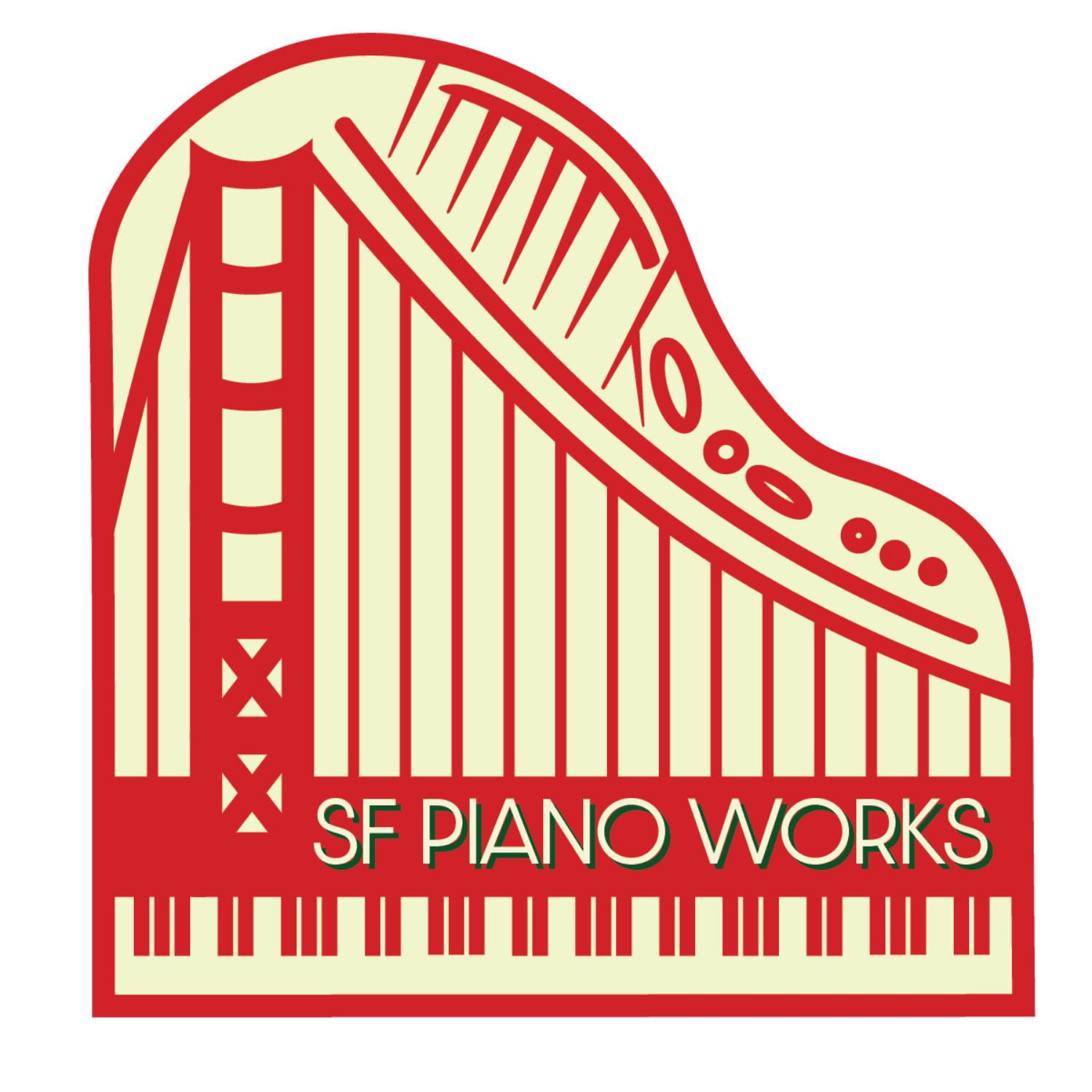Boston and Essex Pianos: Are Steinway's Secondary Brands Worth the Premium?
When Steinway & Sons introduced their Boston (1992) and Essex (2001) piano lines, they aimed to capture market segments below their premium brand while maintaining an association with the Steinway name. Understanding these instruments' value proposition requires examining their manufacturing partners and market positioning.
The Manufacturing Partnerships
Boston pianos are manufactured by Kawai in Japan, while Essex pianos are built by Pearl River in China. Both manufacturers are respected in their own right: Kawai produces highly regarded instruments under their own name, and Pearl River has become the world's largest piano manufacturer, also producing the respected Ritmuller and Kayserberg brands.
The Boston Line: Kawai Connection
Boston pianos incorporate design elements specified by Steinway but are essentially premium Kawai instruments. While Steinway claims "Steinway DNA" in the design, independent technicians often note that Boston pianos share more DNA with Kawai's own instruments. The primary differences lie in scale design modifications and some component choices.
When comparing a Boston to a similarly-priced Kawai model, buyers often find:
- Similar build quality and materials
- Comparable tone and touch
- Kawai's own innovations in action design
- A significant price premium for the Boston brand
While the Boston is a "premium" Kawai, these pianos similar in quality to the GX class, not the highly regarded and much more expensive Shigeru line by Kawai.
The Essex Line: Pearl River Foundation
Essex pianos, manufactured by Pearl River, represent Steinway's entry-level brand. Pearl River has significantly improved their manufacturing quality over the past decade, but the Essex line carries a substantial premium over Pearl River's own brands, including Ritmüller and Kayserberg. The primary differentiator is allegedly Steinway's design influence, though the basic construction remains similar to Pearl River's premium lines.
The Pricing Reality
According to PianoBuyer.com's market analysis, there's a significant difference between MSRP (Manufacturer's Suggested Retail Price) and SMP (Suggested Maximum Price) for most piano brands. While Steinway maintains strict pricing with minimal discounting across all their brands - including the Boston and Essex brands - both Kawai and Pearl River products are often available at 15-25% below MSRP. This pricing flexibility creates an even wider value gap between Boston/Essex and their manufacturing counterparts.
The Trade-Up Program: Analyzing the Value Proposition
Steinway's trade-up program offers 100% of the original purchase price of Boston and Essex pianos toward a new Steinway within ten years. While this seems attractive, consider:
1. The initial premium paid for the Boston/Essex over comparable Kawai or Pearl River models
2. The significant price increases of Steinway pianos over ten years
3. The opportunity cost of investing the price difference elsewhere
4. The inability to negotiate the original purchase price due to Steinway's pricing policies
Financial Considerations
A practical example:
- Boston GP-178 MSRP: $48,000 (minimal discounting)
- Comparable Kawai GX-2 MSRP: $42,000 (potential 20% discount or $33,600)
- Actual price difference: Could exceed $15,000
- Ten-year Steinway price increase: ~30%
- Investment opportunity cost on premium: ~$15,000 over ten years
Making an Informed Decision
For buyers considering Boston or Essex pianos, the most rational approach might be:
1. Compare instruments blindly, without brand bias
2. Calculate the true cost of the trade-up program
3. Consider investing the premium difference separately for a future Steinway purchase
4. Factor in the availability of negotiated pricing on non-Steinway brands
The verdict? While Boston and Essex are quality instruments, their premium pricing rarely justifies the investment when comparable or superior instruments are available from their manufacturing partners at lower costs. The trade-up program, while appealing, often costs more in the long run than purchasing the right piano initially and saving independently for a future Steinway purchase.
Ultimately, buyers should focus on finding the piano that best meets their current needs and budget, rather than viewing it as a stepping stone to a Steinway. The right piano is one that inspires playing today, not a compromise for tomorrow.
Read my article The Truth About Buying a New Steinway: A Piano Technician's Perspective
Request a Piano Service
If you’re not ready to book a piano service, or have some questions, owner Vince Chambers would be happy to jump on a quick call with you.
